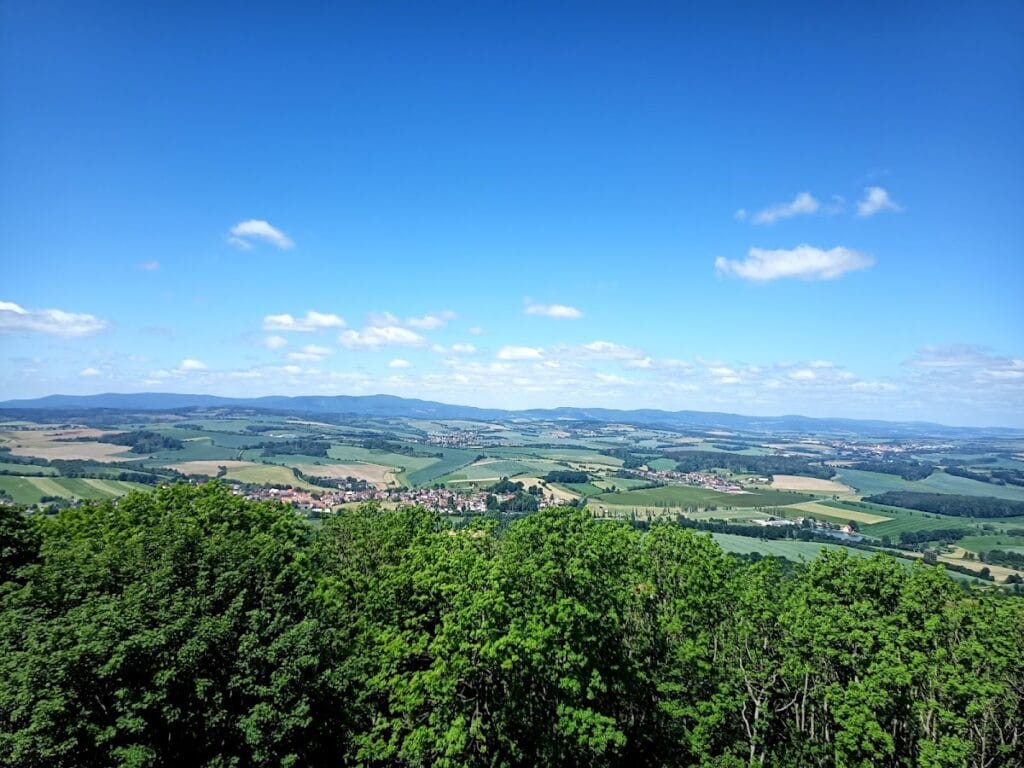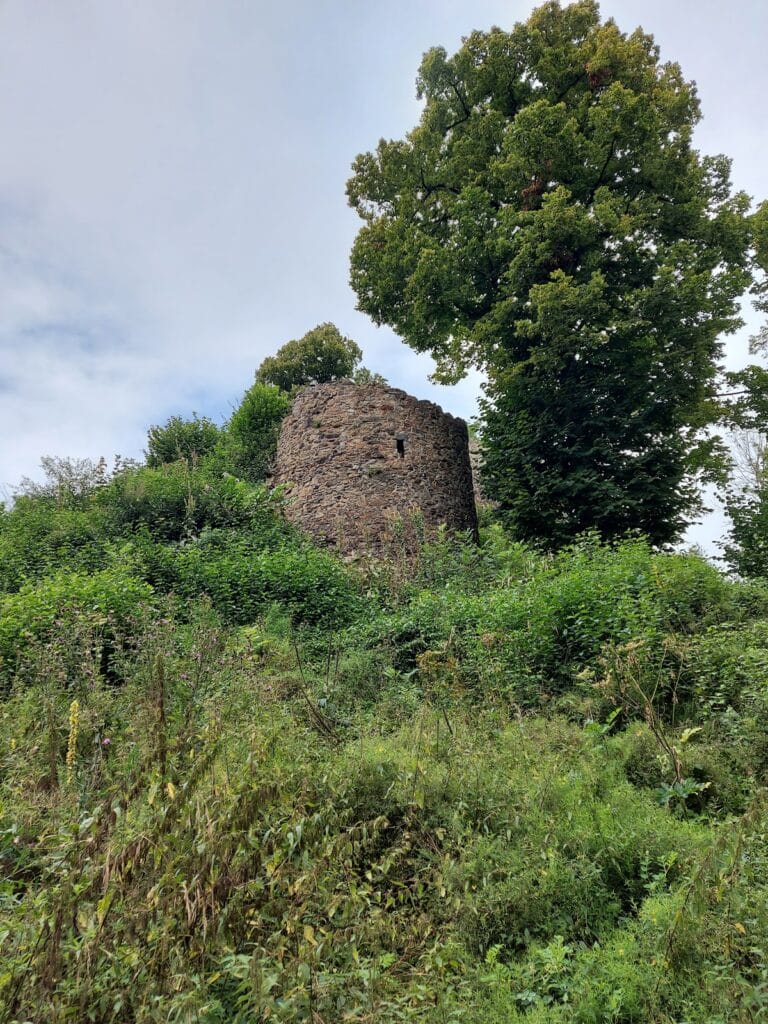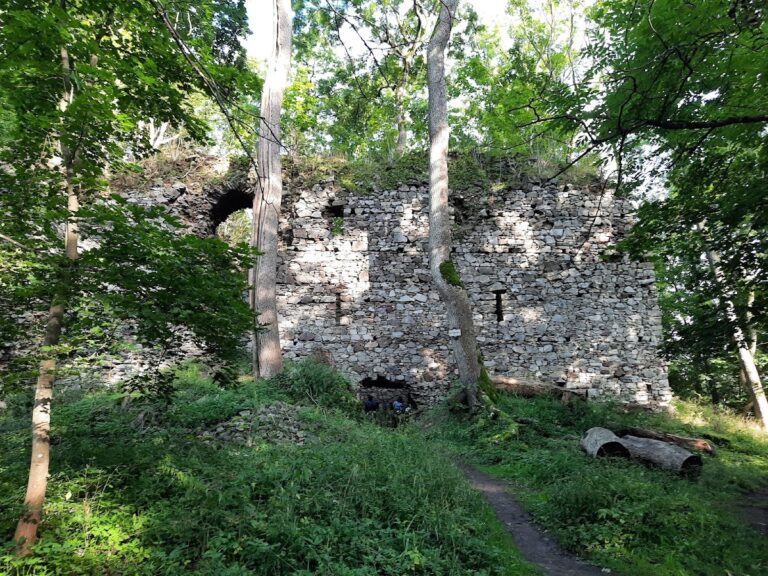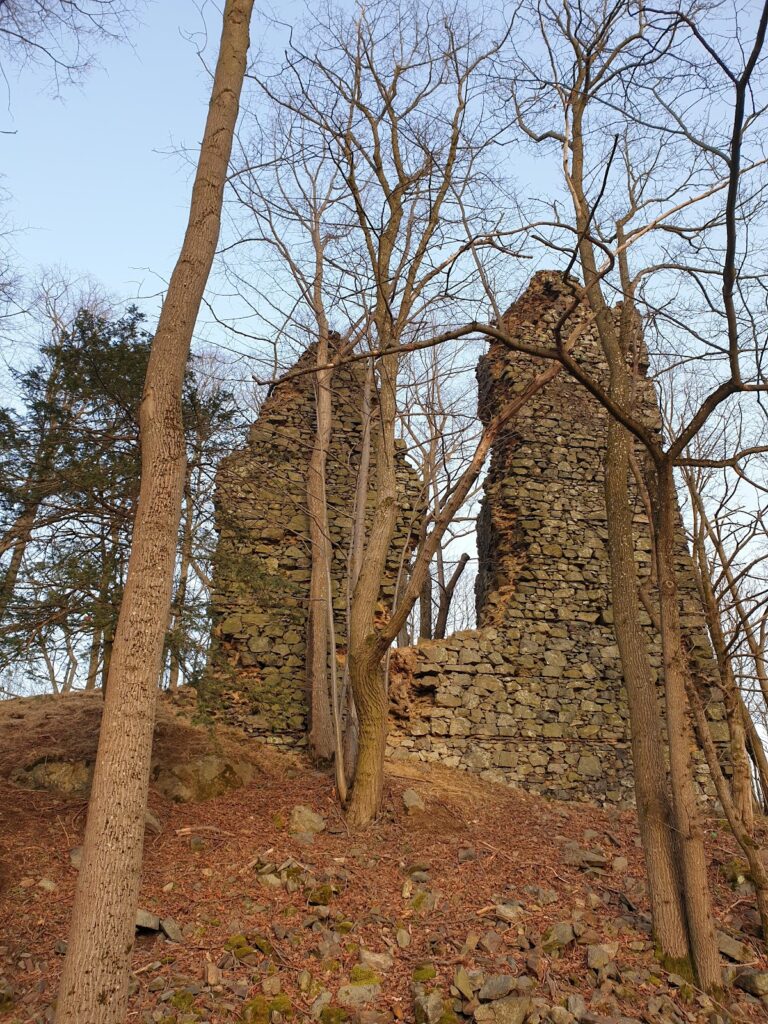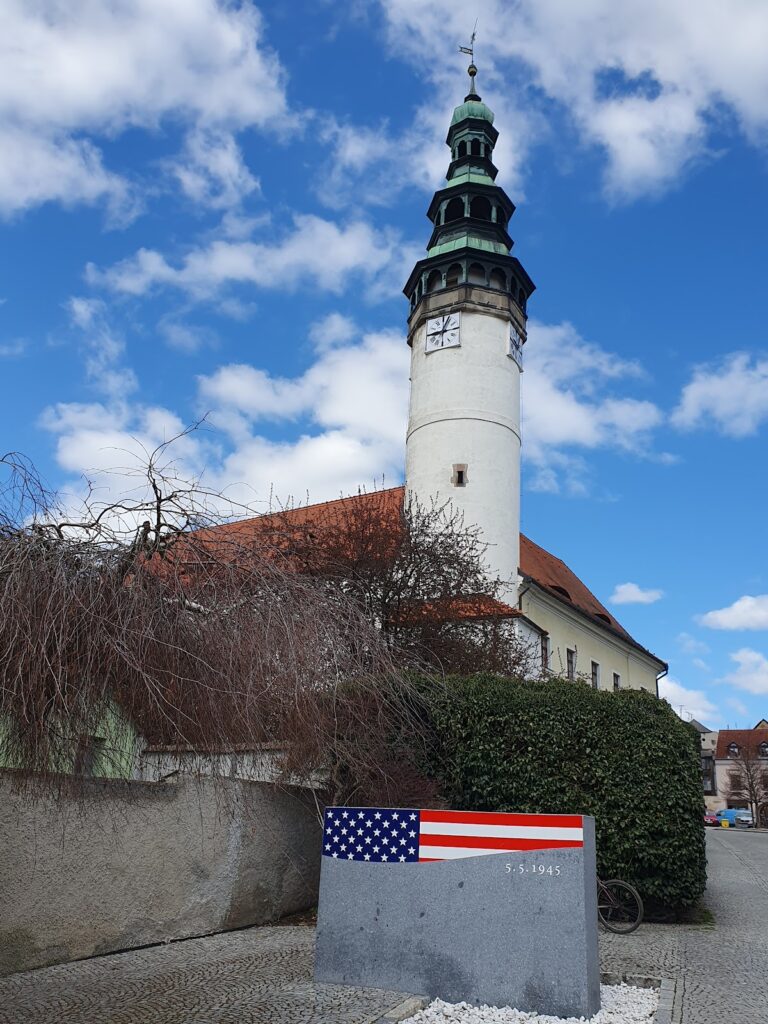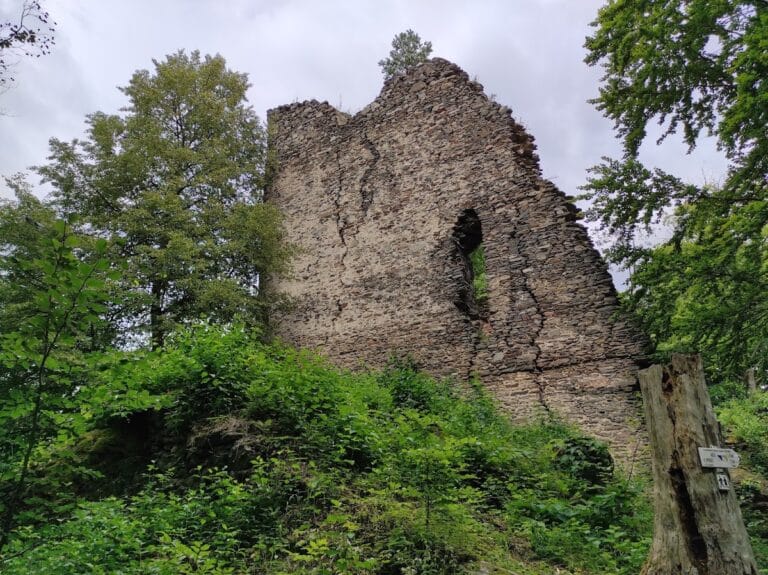Rýzmberk Castle: A Medieval Fortress in the Czech Republic
Visitor Information
Google Rating: 4.5
Popularity: Low
Google Maps: View on Google Maps
Country: Czechia
Civilization: Medieval European
Remains: Military
History
Rýzmberk Castle is located in the municipality of Kdyně in the present-day Czech Republic. It was founded in the latter part of the 13th century by the noble Drslavici family, a powerful lineage that played an important role in the region’s medieval history. The castle was strategically placed to guard a key passage known as the Všerubský Pass, which connected lands to Regensburg in Bavaria, making it a critical border fortress.
The first written record of Rýzmberk dates to 1279, and it initially served as the residence of the lords of Rýzmberk, descendants of the Drslavici. They controlled the site until 1407, when the castle was sold to the Janovský family from Janovice. Upon acquiring the fortress, the new owners took on the name Janovský of Rýzmberk. After a destructive fire in 1448, they carried out extensive rebuilding that transformed the castle’s layout, adding a second large palace and a fortified outer bailey with multiple defensive towers, which defined much of the castle’s appearance in the centuries that followed.
Ownership became more fluid between the late 15th and early 16th centuries. The Švihovský family of Rýzmberk briefly regained possession in 1508, reinforcing the defenses, but financial troubles forced them to return it to the Janovský family by 1535. A notable change occurred in 1543 when the estate was sold to the Gutštejn counts, a wealthy noble house who further advanced Renaissance-style renovations and strengthened their holdings until 1622. Their tenure ended after the defeat of the Bohemian Revolt, when the castle was confiscated by the Habsburg emperor.
During the Thirty Years’ War, Rýzmberk saw several military actions. In 1620, imperial forces led by General Baltazar de Marradas captured it, and Emperor Ferdinand II officially took ownership two years later. Swedish troops under Major General Pfuel occupied the castle in 1641, leaving it heavily damaged. Though the fortress was repaired enough by 1643 to serve a small imperial garrison, the damage from ongoing warfare led to its gradual abandonment.
By 1676, the castle was mostly in ruins. Only the lower courtyard remained inhabited, housing a tavern. The estate came under the control of the Lamingen barons of Albenreuth, known for their harsh rule over the local Chod population, who integrated Rýzmberk into their larger Kout-Trhanov estate. The castle ceased to be restored and continued to decay.
In 1697, the castle and estate passed to Baron Jiří Jindřich ze Stadion, whose family retained it until 1908. Beginning in the 19th century, the Stadion counts initiated archaeological examinations and partial repairs, particularly stabilizing the cellars and walls to slow deterioration. They also developed the grounds into a leisure area, constructing terraces, a bowling alley, and a dance floor. In 1847–1848, they erected a 19-meter-high slender observation tower in neo-Gothic style atop the site of the younger Gothic palace, integrating some medieval masonry but altering the original castle plan.
Following the extinction of the Stadion family line, ownership transferred to the Czech Tourist Club from Kdyně. The club, interested in preserving the site, added a wooden amphitheater on the hill slope below the ruins during the 1930s, which continues to host cultural events.
Remains
Rýzmberk Castle was constructed primarily in the Gothic architectural style, featuring a vertically arranged complex of three courtyards set atop a wooded hill overlooking the town below. The heart of the fortress included a main defensive tower called a bergfried, accompanied by another fortress tower on one side and a residential palace on the other. Surrounding this core was a fortified outer bailey, which comprised two towers, bastions flanking the walls, and an additional wing housing a palace structure.
Following the catastrophic fire of 1448, the castle underwent significant rebuilding and expansion. This transformation introduced a second large palace within the central area, representing what is considered the third courtyard. The outer bailey was also broadened, featuring a line of defensive turrets that enhanced the castle’s ability to withstand attacks.
The 19th-century addition of the neo-Gothic observation tower stands 19 meters tall and partly incorporates original medieval masonry salvaged from the younger Gothic palace. Although this modern structure interrupts the original medieval layout, it blends stylistic elements, creating a visual link between past and present craftsmanship.
Today, visitors can observe surviving sections of the defensive walls along with bastions, which indicate the castle’s military design. The ruins possess visible moats that once provided an additional layer of defense. Remains of the older palace, including underground cellars, have been preserved but generally remain closed to the public.
The younger Gothic palace survives in a more fragmentary condition and has been partially absorbed into the base of the neo-Gothic tower. Near the entrance to what was once the third courtyard, modern wooden structures such as a buffet hut, gazebo, and seating provide facilities for visitors. In 2004, a reconstructed stone arch that originally served as the second gate was faithfully reinstated on its original site, enhancing understanding of the castle’s layout.
Below the castle, on the hill’s slope, lies a wooden amphitheater constructed in the 1930s. This open-air venue has been a setting for cultural events, including folk and country festivals, since its completion and continues to function as a local gathering place.
Archaeological surveys and conservation efforts carried out in the 1800s contributed to the partial restoration of the castle’s walls and cellars, which helped slow the natural decline of the ruin. These interventions offer valuable insights into the castle’s historical development and architectural evolution.


